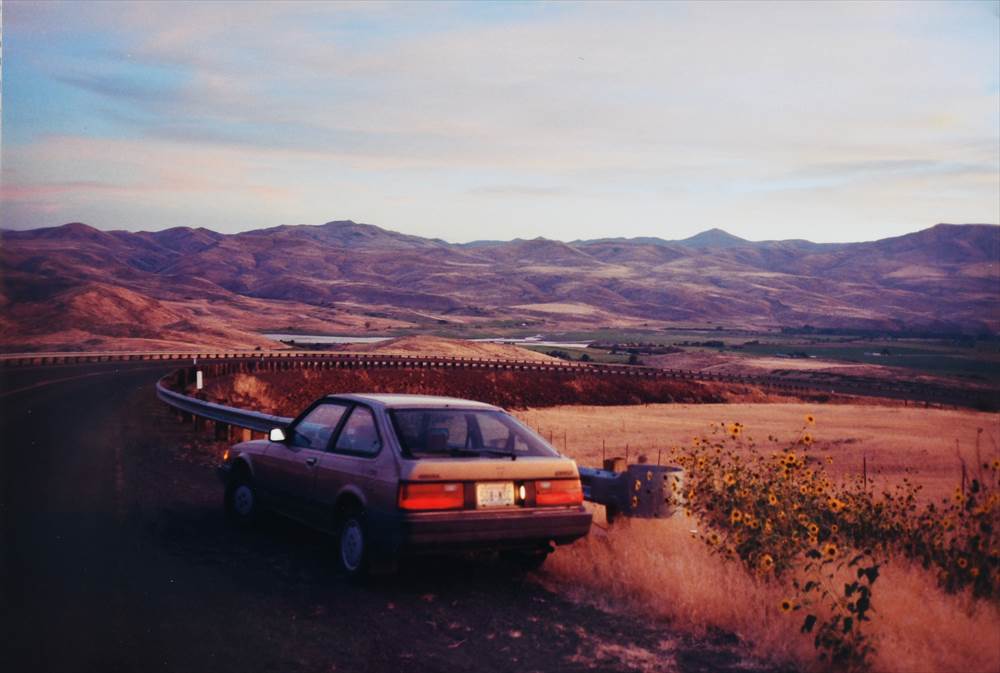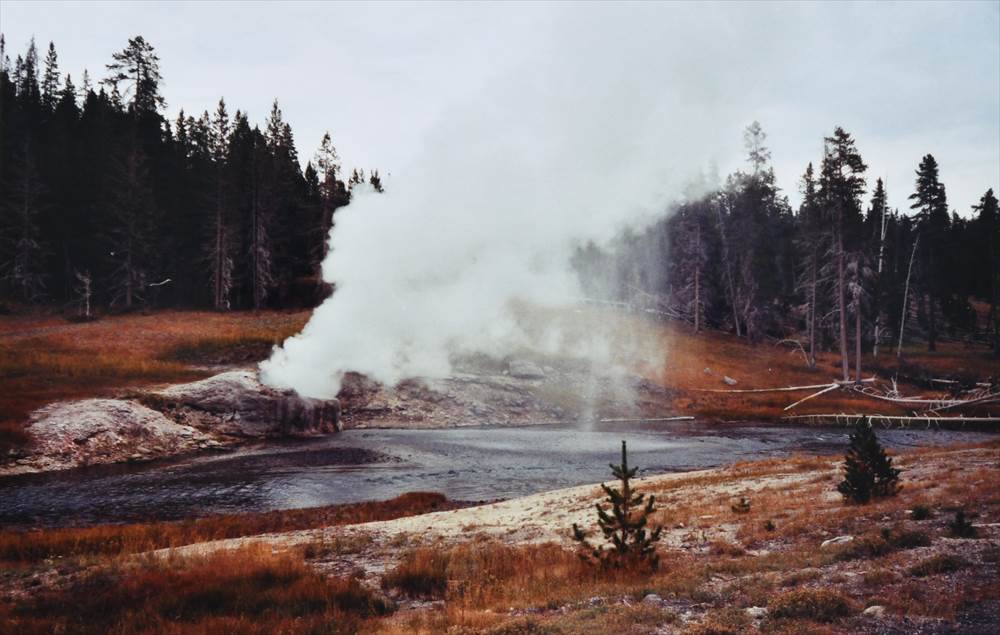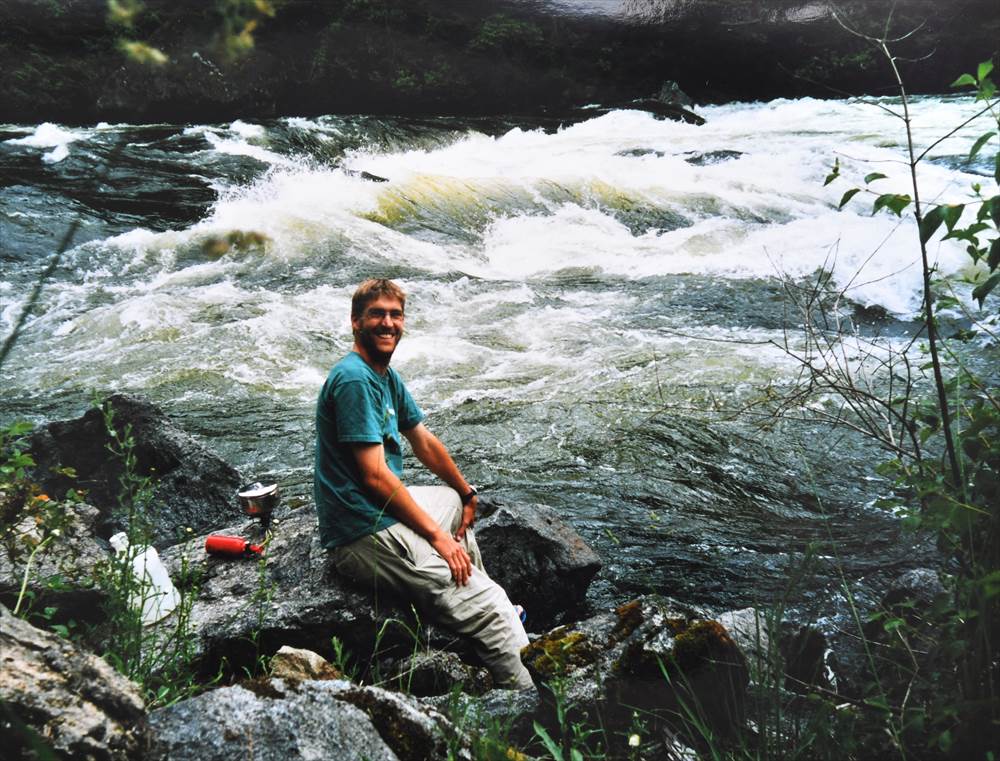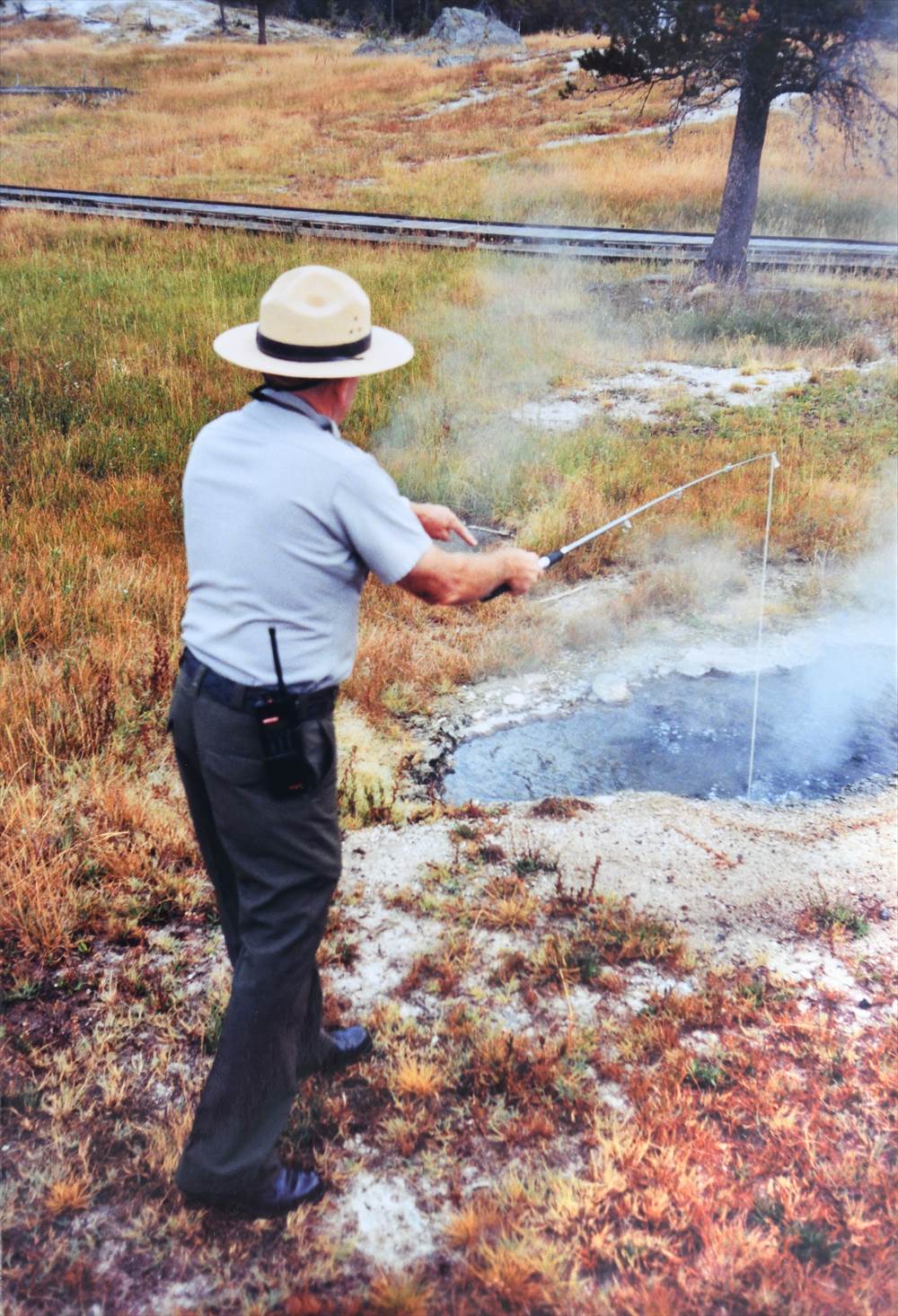AIU TOPICS
AIU Voices
【Faculty Voices】 Episode 5: “My Place of Inspiration” – Dr. Andy CROFTS
You may have seen the faces of our faculty members, be it in a face-to-face classroom, an online classroom discussion, the university brochure, or possibly, through their professional outputs. But do you know how they really are as an individual?
This Faculty Voices series aims to acquaint you with some of our unique faculty members in the form of a relay essay by the faculty themselves. You will have a chance to get a glimpse of the faculties’ personal agenda, concept on life, philosophy, and memories, as well as their area of profession and research theme.
The fifth episode of the Faculty Voice Series is from Dr. Andrew Crofts, or Andy, as he prefers to be called.
After graduating with a degree in Biochemistry from the University of York in 1996, Andy obtained his PhD in Plant Cell Biology from the same university in 2000. He then left the UK for the US in 2001 to perform post-doctoral research in a laboratory at Washington State University. He joined AIU as an Assistant Professor in August 2009, and assumed the role of Head of AIU’s Basic Education program in April, 2019. As well as teaching at AIU, he has twice been the recipient of KAKENHI funding from the JSPS for his work to improve the productivity of rice plants.
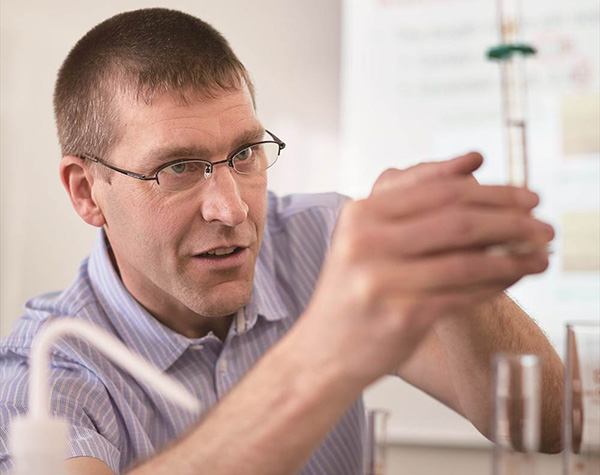
My Place of Inspiration
I awoke suddenly in the darkness, startled by a low rumbling noise and a strong vibration coming from the car seat.
My first thought was that this was an earthquake. I’d never felt one before though, so I wasn’t sure – in any case, whatever this was, it wasn’t good. Immediate action was clearly needed!
In the dim moonlight outside the car, I could see that the nearby trees were moving, – not swaying as they would if blown by the wind, but moving steadily – and ever more quickly as the rumbling grew louder. As my sleepy brain tried to make sense of this unfamiliar and alarming situation, I realized that it wasn’t an earthquake after all. There was a much simpler explanation. My car was rolling!
If ever you find yourself in an emergency involving a moving car that you want to stop, a good first step is to engage the emergency brake. With this simple operation performed, the car quickly stopped and both the car and I survived without injury (at least without physical injury). Quite why I’d not engaged the emergency brake before going to sleep remains a mystery. Maybe this safety device should be called the emergency prevention brake!
The Golden Honda This was the first car I owned. Unfortunately, its second “roll” was much more serious than its first!
The story above is just one of many “small adventures” that I “enjoyed” in the company of my first car – a trusty 1986 Honda Accord which I purchased soon after my arrival in the US in 2001. I had travelled there from the UK, my home country, to work as a post-doctoral researcher at Washington State University (WSU). This particular small adventure, let’s call it my Honda’s least serious “rolling” incident, occurred during my first solo trip to Glacier National Park. I’d visited this National park, my first ever, the year before with some friends from WSU’s Outdoor Recreation Center – an amazing facility from which I later rented a canoe for some moonlight paddling in the Idaho wilderness with my then fiancée, now wife, Naoko.
The many National Parks I visited during my time in the Pacific Northwest had a great impact on me, as well as on friends and family who came with me. This eight-year “grand adventure” was a time of discovery, allowing me to get to know both myself and the natural world much better. Many of my experiences during this time still inform my philosophy and approach to teaching, as well as to life itself.
Riverside Geyser on the Firehole River There are so many amazing locations in Yellowstone, it’s not possible to convey the scale end beauty of the landscape with even 100 photos. You have to visit for yourself!
In preparation for writing this essay, I spent quite some time (too much time!) looking through the thousands of photos I’d taken (using a film camera) on my many travels whilst living in the US. The vast majority of the photos did not include me; in fact the majority did not even include people. Almost all the photos were of natural scenes – towering mountain ranges, wild untamed rivers, and colorful alpine meadows. Many of the photos were taken in the most important and famous National Park I visited, – Yellowstone National Park.
Although I visited Yellowstone a total of five times during my stay in the US, I only visited this park alone once. This solo trip was my very first visit and it was made in my trusty Golden Honda. I would have visited more often, but getting to Yellowstone (just getting there, not the round trip) involved a ten-hour drive of more than 800km.
You may often hear that the best way to travel is alone. Travelling solo gives you the freedom to make your own plans. Better yet, you can quickly change them at the last moment without annoying anyone!
Coffee by the Lochsa River. This photo was taken by my mother on my second trip to Yellowstone.
With my Honda as my mobile campsite (with its emergency “prevention” brake engaged), I spent every possible moment of my three full days in Yellowstone on ranger-guided hikes exploring and learning about the park’s unique geology and ecology. Did you know that the discovery of a heat-loving bacterium, Thermus aquaticus, in a Yellowstone hot spring led to the development of the efficient PCR methods used to test for COVID-19?
As well as introducing me to the unique environment of Yellowstone, the many park rangers I met also served, unknowingly to me at the time, as perfect guides in the art of instruction. Each would use their personal knowledge, stories, visual aids, and sense of humor to clearly explain the amazing natural world. Occasionally they would share deeply personal stories, which reflected their own philosophy with respect to nature, its conservation, and our place within it.
Science in action! A park ranger measures the temperature of a hot spring in Yellowstone’s Old Faithful Geyser Basin. This particular, more senior, park ranger had lots of interesting stories to tell!
My first solo experience in Yellowstone was a lot like taking 30 very short, very intense courses, each involving a field trip in a place of breathtaking natural beauty and each instructed by an enthusiastic expert in their field. In the years that followed, I would serve as a guide for my family and friends on my future visits to Yellowstone, just as I serve as a guide for AIU students taking my Biology and Chemistry courses.
As you travel through your life, wherever it may take you, remember that your experiences today may not gain true meaning until later. You never know where you will find your place of inspiration, your Yellowstone.
Click here to learn more about AIU faculty.
Click here for more episodes from the Faculty Voices Series.

